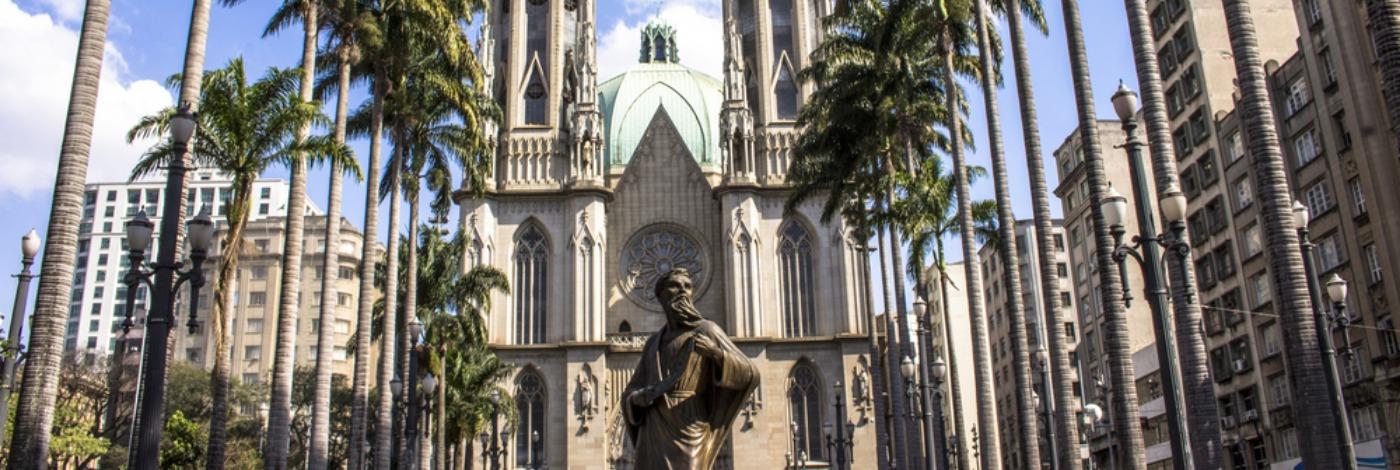
Sao Paulo City
Sao Paulo, the biggest city in South America, is bordered by rivers that branch out into the interior and is situated on the Piratininga plateau. So Paulo became the entry point to the serto (Brazil's wilderness) almost immediately after its foundation in 1554, and Bandeirantes—bandit explorers—took trips into this area from the city. The major thoroughfares today still travel along the paths taken by the Bandeirantes.
The city's immensity is arguably the hardest aspect to comprehend. From the 46-story Itália Building's observation deck on Avenida Ipiranga, you may get a notion of how far it extends. Since many of So Paulo's tourist attractions are dispersed, using the Metro will be a convenient way to get from one to the other.
Places to Visit and Explore
Museu de Arte
The most representative and complete collection of western art in Latin America is housed in the So Paulo Museum of Art, or MASP as it is called locally. You'll witness works by Impressionists and modern masters, including 73 bronze sculptures by Degas alone, Renoir, Van Gogh, Matisse, Manet, Debret, Picasso, and Miró.
This is one of the first art museums on the continent to concentrate on painters from the mid-20th century and beyond, as well as on current Brazilian artists like Portinari and Di Cavalcanti, even though it dates back to the Renaissance. Its exceptional collections place it on par with the Centre Pompidou, MoMA, and the Tate Modern.
The structure itself is a masterpiece of Modernism, created by Brazilian-Italian architect Lina Bo Bardi. A Sunday antiques market and regular concerts are held in the square underneath the suspended structure.
Avenida Paulista
The hub of activities in So Paulo is Avenida Paulista, which is a popular spot for both tourists and locals. This is the perfect place to observe people from one of the many sidewalk cafes. The So Paulo Museum of Art is one among the several stores, theaters, galleries, and museums in the region (MASP).
There are parks nearby and within walking distance, such as Parque Trianon, which offers a densely vegetated sanctuary in the middle of the city. This main street holds many annual festivals and celebrations, frequently shutting down to traffic to transform into a pedestrian mall.
Parque da Independància and Museu Paulista
Independence Park in So Paulo's Ipiranga neighborhood honors the occasion when Prince Pedro declared Brazil's independence in 1822 by a creek. The Museu Paulista, also called the Museu do Ipiranga, is situated above the formal gardens with roses, topiaries, and fountains modeled after those at Versailles.
Its Italian architect Tommaso Gaudenzio Bezzi came up with an eclectic style that is reminiscent of Renaissance palaces and is based on Italian Neoclassicism. Large collections of Imperial Period clothing, ornamental arts, paintings, and furniture can be found there.
Sé (Cathedral)
The construction of the neo-Gothic cathedral, which took place on the site of an earlier cathedral, lasted from 1913 to 1967. Two world wars prevented it from being completed, which made it challenging to import the mosaics and other decorative pieces from Italy. On the 400th anniversary of the founding of So Paulo, it was dedicated in 1954.
Old Testament prophets and Christ's followers are depicted in statues on the façade. The church's dome is in the Renaissance style, despite the fact that the remainder of the building is neo-Gothic. The 10,000-pipe organ and stained glass windows depicting Brazil's Catholic history are only two of the intriguing interior attractions.
Be sure to look at the capitals on the columns, which are carved to resemble Brazilian flora (coffee and pineapple branches) and fauna (armadillos, among other animals). Visit the crypt, which is located beneath the main church, to see graves and marble sculptures. The cathedral is a wonderful starting point for a walking tour of the old town because it is located in the heart of So Paulo's historical district.
Teatro Municipal (City Theater)
The Municipal Theater in So Paulo was designed by Ramos de Azevedo after the Opéra de Paris, combining elements of Art Nouveau and Italian Renaissance. It rose to prominence as a significant city attraction almost immediately after it was finished in 1911. This reputation was furthered in 1922 when it served as the setting for a significant occasion that transformed Brazilian art.
The Week of Modern Art celebrated artists such as painters Menotti Del Picchia, Tarsila do Amaral, Emiliano Di Cavalcanti, and Heitor Villa-Lobos, composer Heitor Villa-Lobos, playwright Mário de Andrade, and sculptor Victor Brecheret who would go on to become iconic figures of the Brazilian Modernist Movement.
The theater, a significant venue for the performing arts in South America, has played host to international luminaries such as Carla Fracci, Rudolf Nureyev, Titta Ruffo, Enrico Caruso, Maria Callas, Arturo Toscanini, Heitor Villa-Lobos, and Mikhail Baryshnikov.
Building reopened in 1991 after being fully restored to its former magnificence. The City Ballet of So Paulo, Coral Lrico, and the So Paulo Symphony Orchestra all call it home.

Parque do Ibirapuera
Roberto Burle Marx, a landscape architect, drew out Ibirapuera Park, while Oscar Niemeyer created the buildings. The vast green area is home to monuments, museums, playgrounds, gardens, trails, lakes, and performance venues. It also serves as a showcase for contemporary art and architecture. More than 14 million individuals visit the park annually, demonstrating its enormous popularity.
The Bandeiras Monument, a magnificent creation by Brazilian sculptor Victor Brecheret, honors the pioneers from So Paulo who explored Brazil's interior. It features imposing heroic figures. An obelisk honors those who lost their lives in the fight for a new constitution in 1932.
One of So Paulo's top concert venues is the Oscar Niemeyer-designed Auditório Ibirapuera, a futuristic music hall. The Aeronautics and Folk Art Museum, or Museu da Aeronáutica e do Folclore, has almost 20,000 exhibits covering folk art and customs from all around Brazil, including aircraft models and flight equipment on show on the ground floor. The expansive Museu Afro-Brasil honors Afro-Brazilian accomplishments and their social and cultural history.
Since 1954, there have been exhibits of sculptures, Samurai garb, pottery, and other treasures at the Japanese Pavilion. The gardens in front are filled with lovely plants and volcanic stones from Japan. Carp of various colors that are constantly on the lookout for food are stocked in the adjoining fish pond.
Museu de Arte Contemporânea
The outstanding Museum of Contemporary Art is located inside Parque Ibirapuera's Pavilho da Bienal de Artes, which Oscar Niemeyer designed and finished in 1957. It also hosts various shows and special exhibitions. Picasso, Modigliani, and Léger are among the more than 5,000 works at the museum that span many different art movements, in addition to notable Brazilian painters Tarsila do Amaral, Anita Malfatti, Portinari, and Di Cavalcanti.
The museum features pieces by Marc Chagall, Wassily Kandinsky, and Joan Miró in addition to one of Latin America's largest collections of 20th-century Western art. Roberto Burle Marx created the sculpture garden, which features 30 substantial outdoor pieces of art.
Customize Your Trip to Brazil Here!
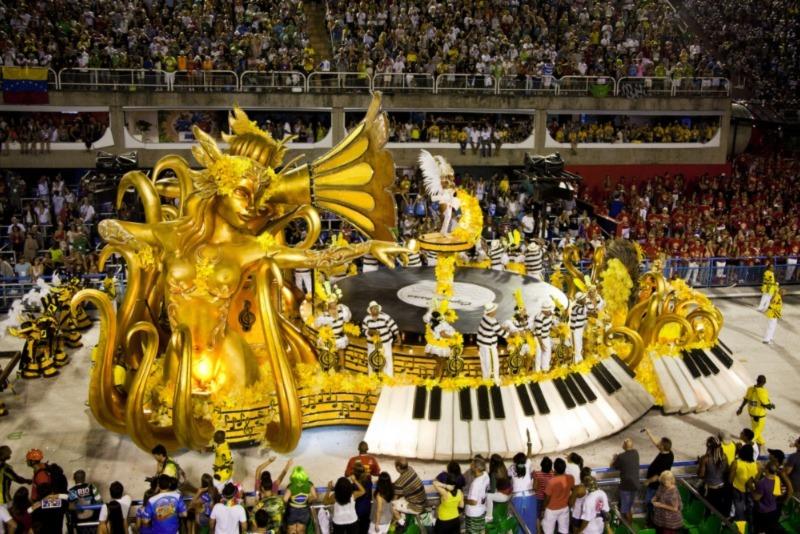
Beco do Batman (Batman Alley)
Beco do Batman is a crazy and vibrant area of the Vila Madalena neighborhood, situated between Gonçalo Afonso Street and Medeiros de Albuquerque Street. Spray paint artists have been showing their creative work on walls since the 1980s.
The imaginative paintings, which are constantly changing, make for vibrant photographs. When you go, there's a decent chance you'll catch a few artists at work. Consider joining a tour if you'd want to meet some of the painters and have your very own photo shoot with a pro photographer who will snap your picture next to the vibrant murals.
The original center of So Paulo was the Pátio do Colégio, which is located just to the north of Praça da Sé and the church. The College of the Society of Jesus, a residence and educational facility for Jesuits, was established here by Manuel de Nóbrega and José de Anchieta. It was also where the first mass in the settlement was held on January 25, 1554.
Pátio do Colégio
The Historical Museum, a museum of holy art, and the Capela de Anchieta are currently located in the charming square. The doors and a section of the clay wall are all that are left of the sixteenth-century structure. A lovely café can be found in the museum's gardens.
Mosteiro de São Bento (Benedictine Monastery)
Although the church and the Benedictine monastery were established in the late 16th century, the current structure dates only from 1910 to 1922. The inside is elaborately painted and features statues of St. Benedict and St. Scholastica carved by Agostinho de Jesus from the 17th century, so don't disregard it because of its modern provenance or its somewhat austere appearance.
The ornamentation of the monastery included work by a number of other eminent Benedictine artists. A 1777 crucifix, some outstanding stained glass, and a picture of the Virgin wearing a pearl-encrusted gown are all noteworthy. This brotherhood is operational, and the monks sing Gregorian chants during the morning service. Visit the monastery store to purchase the brothers' baked goods, cakes, and chocolates.
Best Time to Visit
The best months to travel to So Paulo are from March to May or from October to November (the fall and spring shoulder seasons), when the weather is pleasant, there is less precipitation (and haze), and major events are taking place.
related tours
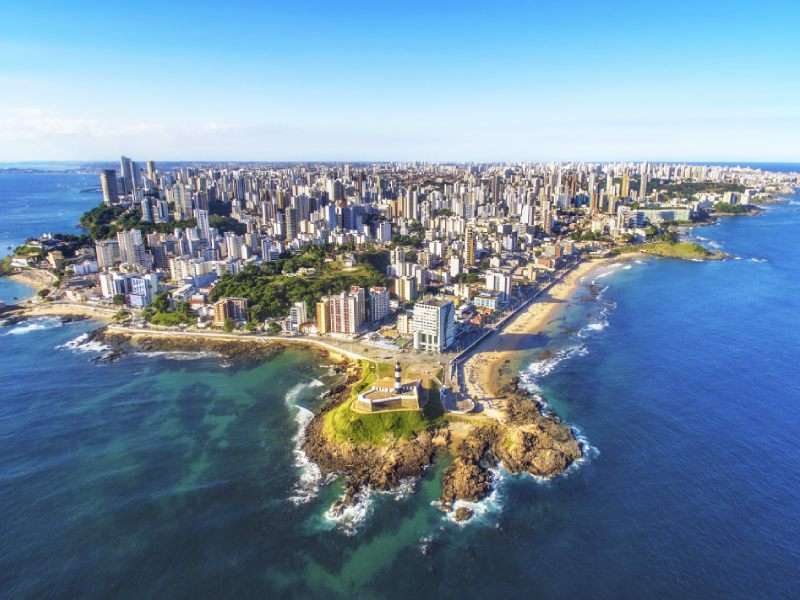
4 Sides of Paradise in Brazil
12 Days / 11 Nights
From
$ 980
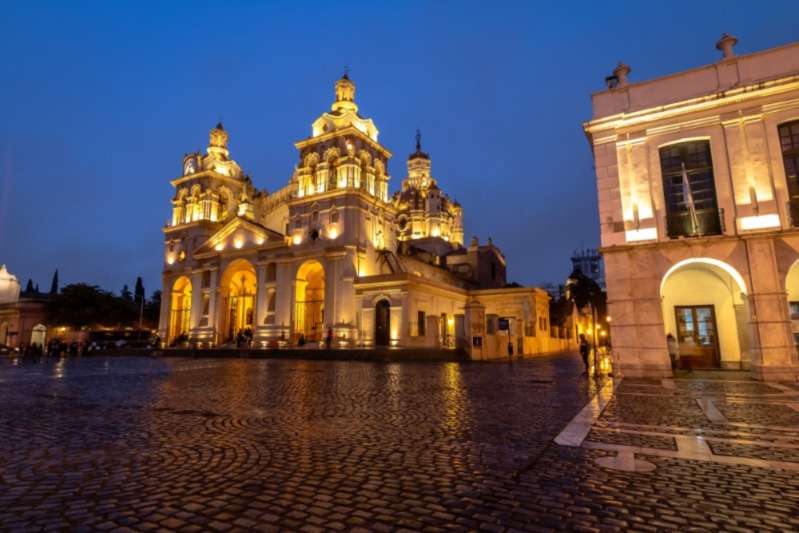
Best of South American Tour
12 Days/11 nights
From
$ 3473

Highlights of Latin America Tour
9 Days / 8 Nights
From
$ 1944
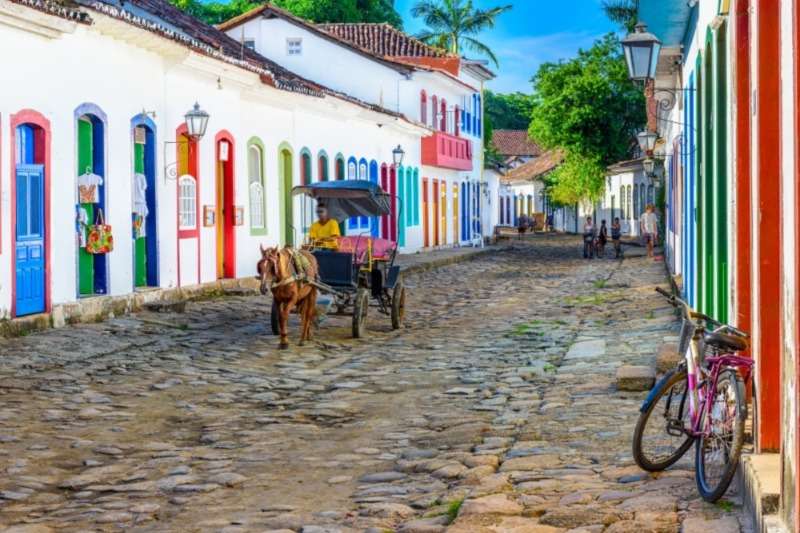
Trip to Brazil
9 Days / 8 Nights
From
$ 2038
